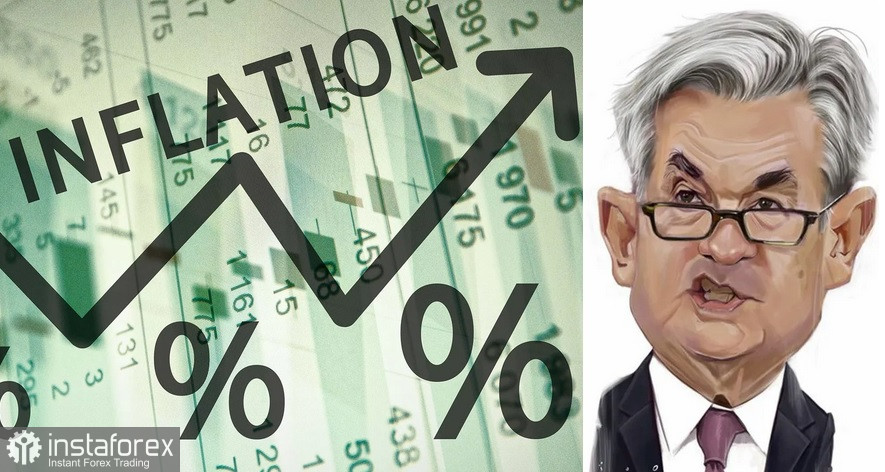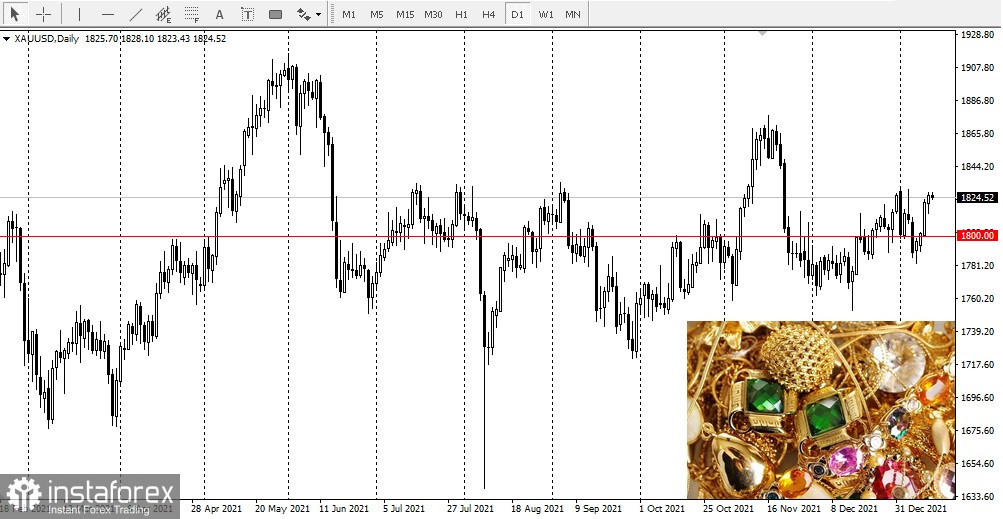
The Fed adhered to its position for a long time that the inflation growth was temporary, even though it seemed obvious to most economic analysts, as well as to ordinary citizens, that inflationary pressures were becoming rampant, uncontrollable, continuing to rise to higher levels.
Powell said during his speech that policymakers are still analyzing different approaches to reduce the Fed's balance sheet. He also added that inflation is very much above the target, and it is still very far off to restore the target.
In other words, the Fed Chairman is still weighing the situation and believes that the Federal Reserve System can contain rising inflationary pressures without creating major economic difficulties to recover from the recession. And so it went on for almost two years.
The truth is that the only thing that the Federal Reserve can do right now to curb inflation is raising interest rates, which will inherently curtail any economic expansion that the United States needs to achieve a full economic recovery.
Just like how the Fed held its position that inflation levels were transitory, they are now trying to convince the American public that the US economy can withstand the normalization of interest rates and the tightening of monetary policy will not affect job growth, which at best was inadequate.
The bottom line is that the US regulator was wrong and downplayed inflation growth as a short-term event. With inflationary pressures close to a 40-year high, balancing it out to bring inflation under control in a relatively short period of time is an impossible task without slowing down the economic growth that is currently taking place.
Analysts and market participants have already considered the real potential of three to four rate hikes, which will lead to an increase in the federal funds rate.
Traders and market participants knew exactly the dilemma faced by the Fed and have currently pushed gold prices significantly higher, expecting inflation to remain at these historically high levels for quite some time.






















